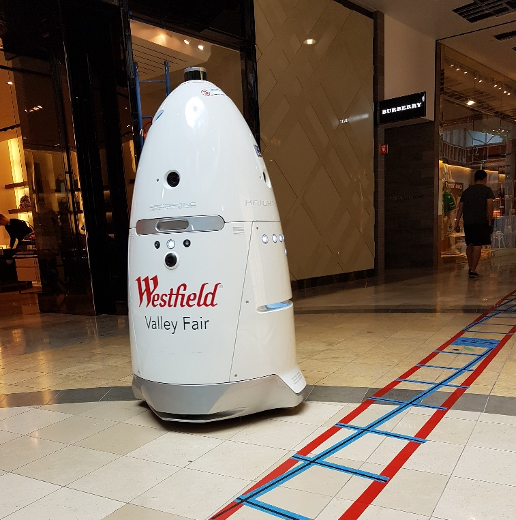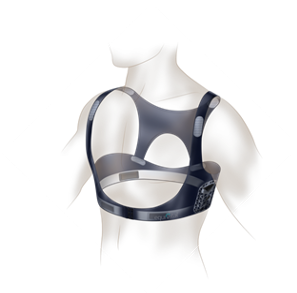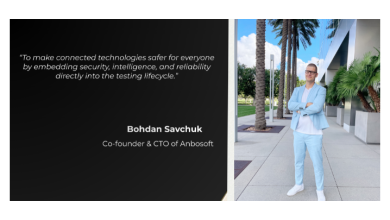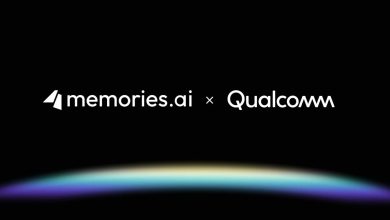
IoT and AI Trends
Studies show that Internet of Things (IoT) technology has picked up momentum in the past few years.
Gartner states that “In 2019, an overwhelming 99% of companies either maintained or increased their budget for IoT (the average increase was 11%). And in 2020, budget allocations for IoT are expected to increase further”.
Many businesses have implemented projects to increase operational efficiency, enhance customer and workforce experience, mitigate risk, and create new revenue (as-a-service) models.
Artificial Intelligence (AI) adoption has been also steadily increasing, with many decision-makers realizing that data and AI are an essential part of the business “survival/growth” strategy moving forward.
AI makes IoT data “meaningful”, and IoT has been instrumental in enabling Artificial Intelligence, as data gathered from “things” was necessary for use cases of predictive maintenance, computer vision, predictive health, and others.
However, some industries were still lagging behind with slow adoption of IoT and AI for reasons that ranged from lack of a business case, a long ROI payback, not seeing the disruption in the industry among others.
This is about to change and the driver is not something that businesses or industry analysts saw coming: the global crisis caused by COVID-19.
The change might be massive to the point that COVID-19 could be named the Global Chief Digitization Officer of 2020!
The post COVID-19 Era
As the world recovers from the global crisis, we’ll be seeing much more adoption of IoT and AI use cases.
Businesses will be scrutinizing every item that affects the bottom line; looking to automate tasks, creating higher operational efficiencies, reducing workforce exposure to infectious environments, and making fast and efficient decisions in times of crisis.
IoT and AI will be two major tools that businesses will adopt: IoT enables remote readings of data from areas where human presence might be deemed dangerous, once remote devices are connected, control becomes as easy as clicking a button on a computer screen.
AI will enable better business insight through the analysis of real-time and historical data.
Computer vision on video surveillance cameras is a good example: there will be more adoption of video surveillance for remote monitoring, real-time metadata generated through video analytics will enable real-time alerts and the ability to quickly find events for post-event investigation.
Here are a few examples of use cases that will thrive with IoT and AI.
Robots and Drones
Robots have been perceived as a threat to many jobs, however, in this new world, we will get used to machines performing tasks such as food and coffee preparation, food delivery, mall security patrol and others.
Many malls in Silicon Valley have already adopted robots for security patrol.
Police departments are adopting Robo-patrols and aerial patrols through drones.
This need for drones will accelerate drone-related regulations around the world.
The robots and drones are enabled with computer vision for smart navigation and object detection.
This will ignite privacy debates as cameras could potentially identify individuals, and this will be counter-argued by the needs of ‘safety and security’ for the public.

Source: Reddit
IoT Wearables
Wearables – smart devices that humans wear to detect, analyse, and transmit information concerning body signals such as vital signs – have been used for many years in the consumer and industrial domains.

As businesses automate systems and deploy fewer resources in areas where humans must be present, the safety of these field workers will be of paramount importance.
For example, in the oil & gas, and utility industries, wearables are used to track real-time location, total active hours, fatigue, and man-down situations.
The command and control center will receive alerts if any of the worker’s readings are outside normal ranges.
Moreover, by collecting this data over time and analysing it with AI algorithms, patterns of fatigue can be identified and avoided, hence resulting in better operational efficiency.
Detecting changes in workers’ vital signs are used to indicate the individual is in distress.
A nice example of such a system is the Blue Force Tracking solution, implemented in the Netherlands.
AI in Education
During the crisis, remote learning has become the only form of education in many countries around the world.
Although many institutions have decided to drop major exams for this year, there will be a need to come up with innovative ideas to have students test from home, while ensuring the testing rules and regulations are met.
AI could be a technology that will come to the rescue: with computer vision, an exam can be run at home, while the camera is watching the student’s face, analyzing behavior to ensure he/she is looking at the exam screen only.
AI could also analyse voices in the student’s environment to ensure the student is not getting remote help.

The extent to which this global crisis will affect how we live, the way we’ll use technology and what will become a norm is not yet known.
One thing is for sure: this crisis will propel the adoption of emerging technologies and get them in our hands sooner than we thought.



